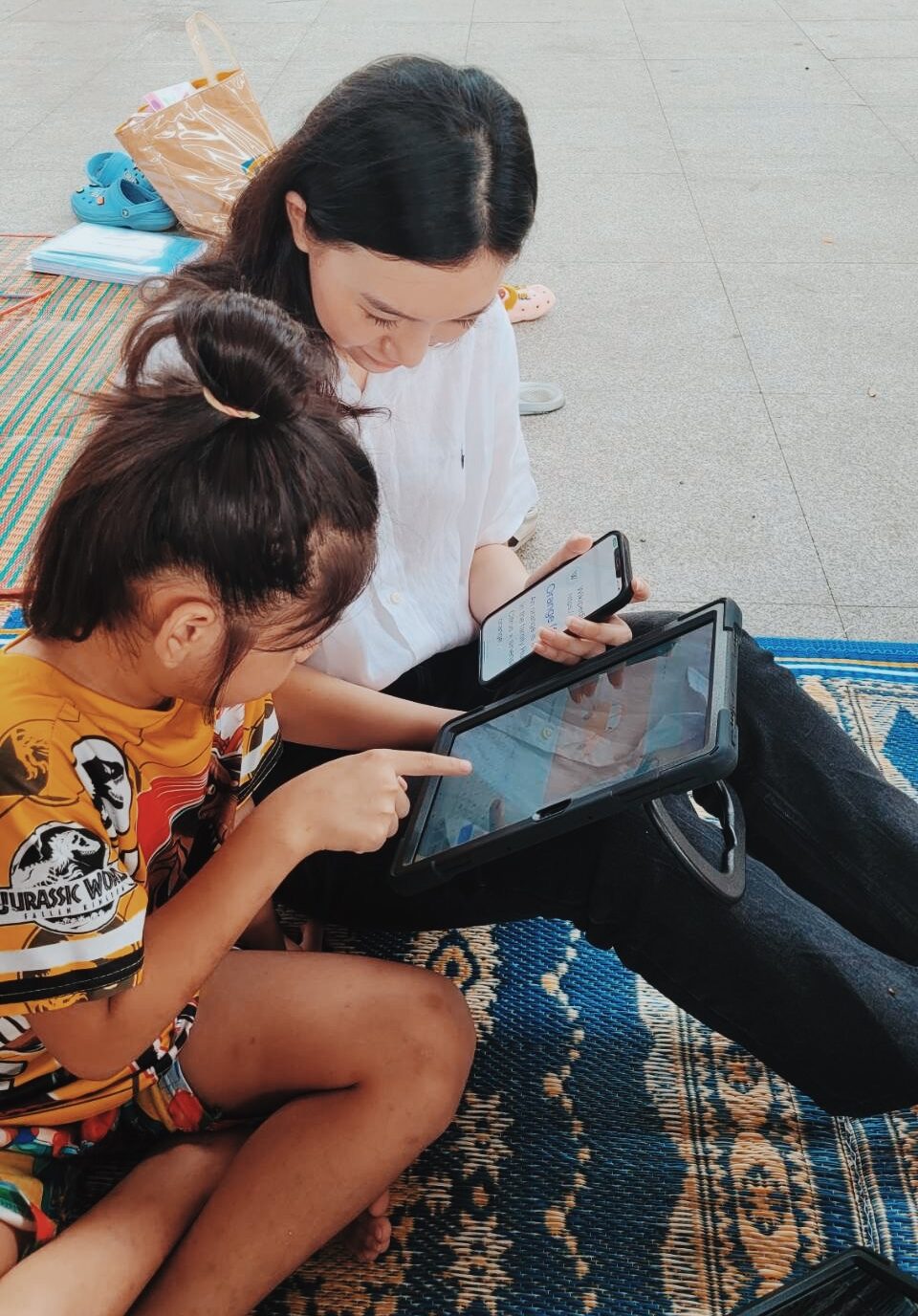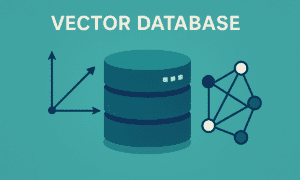Despite rapid advancements in technology and social norms, education remains a cornerstone for personal and societal development in today’s environment. Yet, despite technological advancements, increased awareness, and nearly universal access to educational materials, the landscape faces significant challenges, particularly in underserved communities. As an educator deeply immersed in these struggles, I’ve witnessed firsthand the disparities that hinder equitable learning opportunities. It’s time we address these gaps with innovative, inclusive solutions that can bridge the divide.
The digital divide is one of the most pressing issues in education today. During the height of the pandemic, about 15% of U.S. households with school-aged children lacked a high-speed internet connection (according to a report by the Pew Research Center). This left many students without the necessary resources to fully participate when schools shifted to online learning. From my experience, this gap is even more pronounced today across low-income and rural areas where access to technology is limited than it was during the pandemic.
Addressing this divide requires a multifaceted approach. Governments and private sectors must collaborate to provide affordable internet access and digital devices to all students. Programs like the FCC’s Emergency Broadband Benefit are steps in the right direction, but sustained effort and investment are necessary to ensure no child is left behind.

Innovative Solutions for Inclusive Education
Innovation in education technology has the potential to transform learning experiences for underserved communities. However, these solutions must be designed with inclusivity at their core. In my experience working with diverse populations, I’ve seen how crucial it is to develop educational tools that consider cultural sensitivities, language barriers, and varying levels of prior knowledge.
One approach is the creation of adaptive learning platforms that tailor educational content to the individual needs of each student. These platforms can provide personalized learning experiences that adjust in real-time based on the student’s progress and understanding. Additionally, incorporating offline functionality in educational apps ensures that students can continue learning even without consistent internet access.
Holistic Education: Beyond Academics
Education is not just about academic achievement; it encompasses the development of essential life skills and values. In underserved communities, children often miss out on these crucial aspects of education due to lack of resources and guidance. It is imperative to integrate personal development and character-building into the educational curriculum.
Programs that focus on social-emotional learning (SEL) have shown promising results in fostering a well-rounded education. SEL programs help students develop skills such as empathy, resilience, and teamwork, which are vital for their overall growth and success in life. These programs should be embedded within the educational framework to ensure that students receive a holistic education that prepares them for the broader challenges of life.
The Role of Teachers and Volunteers
Teachers and volunteers play a pivotal role in the education ecosystem, especially in underserved areas. However, they often face significant challenges, including large class sizes, limited resources, and the need to teach multiple subjects. Supporting these educators with adequate training and resources is essential for the success of any educational initiative.
Professional development programs can equip teachers with the skills and knowledge needed to effectively use educational technology and implement innovative teaching methods. Moreover, creating a network of support for volunteers ensures that they are well-prepared to contribute meaningfully to the educational journey of the students.
Community Engagement and Sustainable Partnerships
Sustainable educational initiatives require strong community engagement and partnerships. Understanding the unique needs and challenges of each community is crucial for the success of any program. By collaborating with local leaders, educators, and parents, we can develop tailored solutions that resonate with the community and ensure long-term impact.
One effective strategy is to involve community members in the development and implementation of educational programs. Their insights and feedback are invaluable in creating culturally relevant and impactful learning experiences. Additionally, fostering a sense of ownership and responsibility within the community helps sustain these initiatives over time.
Future Directions: Embracing Technology with Ethics
As we look to the future, the role of technology in education will continue to expand. Emerging technologies such as artificial intelligence (AI) and virtual reality (VR) offer exciting possibilities for creating immersive and personalized learning experiences. However, it is crucial to approach these advancements with ethical considerations, ensuring that technology enhances rather than replaces human interaction.
Ethical use of technology involves prioritizing student privacy, promoting digital literacy, and ensuring equitable access. By maintaining a balance between leveraging technological innovations and preserving human connections, we can create a future where education is accessible, engaging, and transformative for all students.
A Call to Action
The state of education today presents both challenges and opportunities. While disparities persist, there is immense potential for innovative solutions to bridge the gap and provide equitable learning opportunities for all. It is a collective responsibility—governments, private sectors, educators, and communities must work together to create a future where every child has the chance to succeed.
As we move forward, we must foster inclusive, holistic education that not only imparts knowledge but also nurtures the development of character and life skills. By doing so, we can empower the next generation to navigate the complexities of the modern world with confidence and resilience.


































